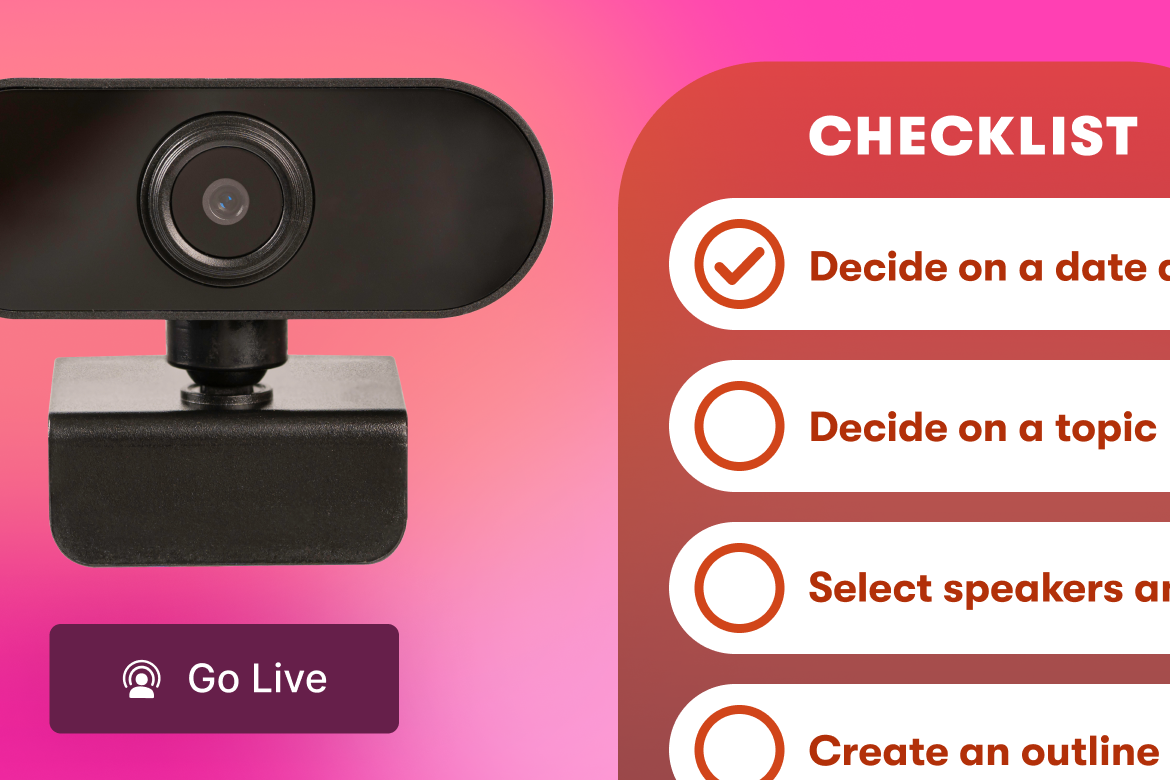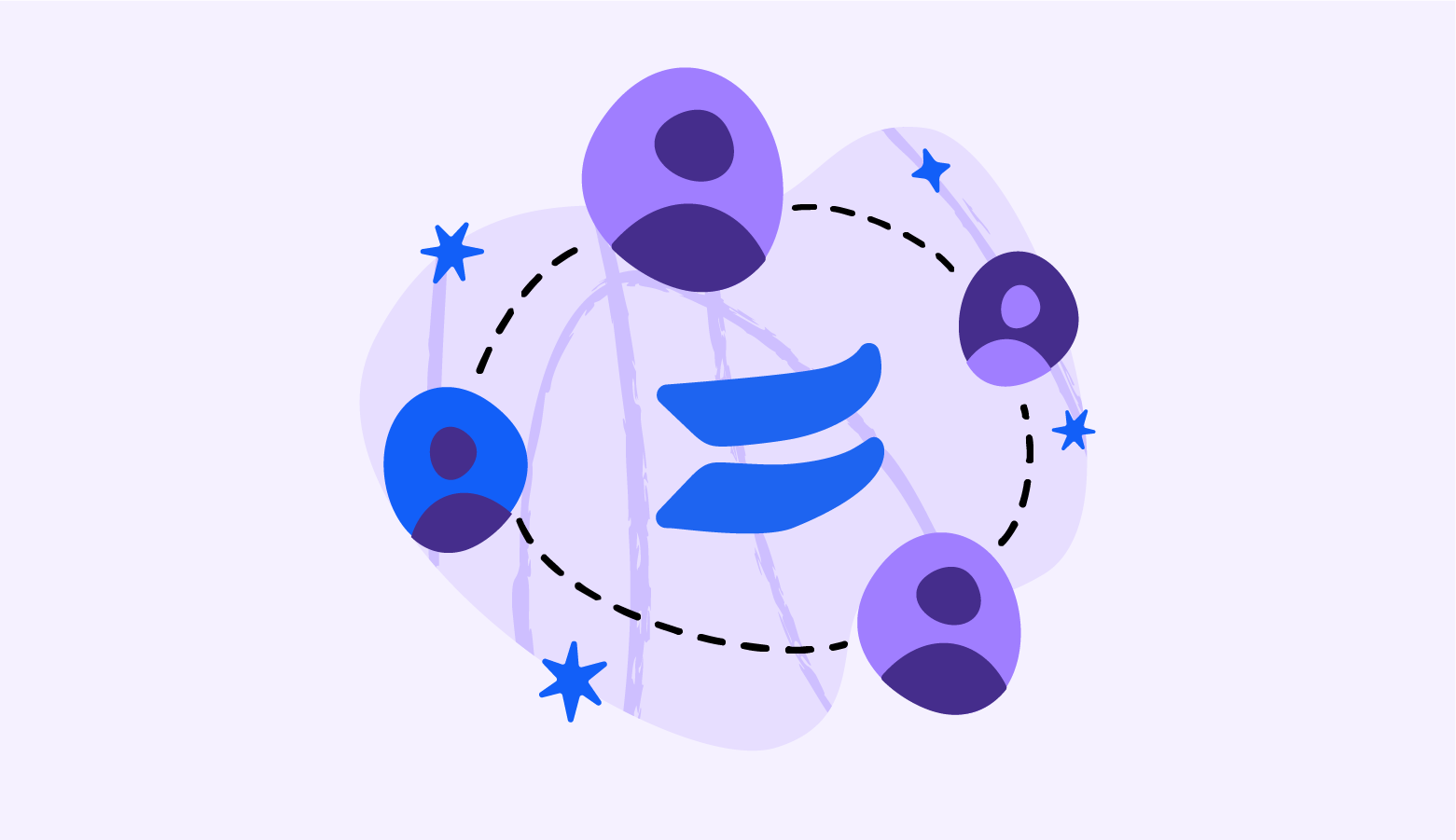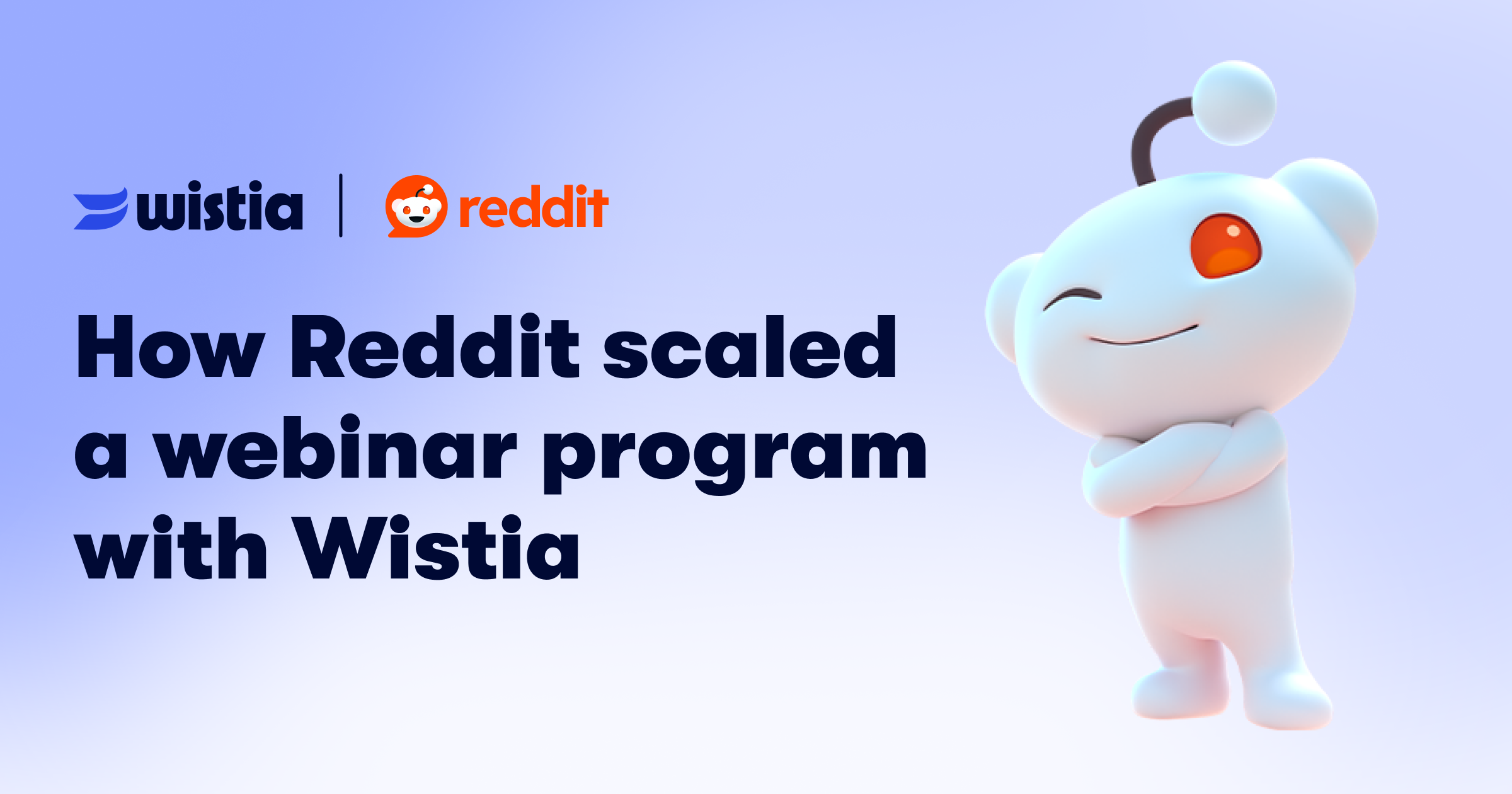The Science behind Gamification: Why It Works and What Your Business Can Do with It
Recreate the gaming experience and keep your users coming back for more time and time again.
August 2, 2021
Topic tags
Whether your phone is filled with apps to help you stay fit, learn a new language, or even guide you through meditation, chances are there are game elements at play right at your fingertips — and oftentimes that is part of the very reason you return to those apps.
And why is that? Well, while playing games is obviously fun, games are also designed with the human brain in mind. Every time you roll the right combination of dice, build a new settlement, or knock out an opponent, your brain’s reward center lights up like a neon sign.
And that’s why gamification is so powerful. In your own business, by bringing game-like features such as points, levels, leaderboards, and progress bars into non-game contexts, you can create a more enticing user experience.
Let’s dive into the science behind gamification, why it’s such a powerful learning tool, and how you can leverage it for your business.
What is gamification?
The term gamification refers to adding game mechanics into non-game experiences. A game-like design helps make content and products more entertaining and engaging. Gamification solutions can be applied to anything from an employee training program to a customer loyalty program.
“A game-like design helps make content and products more entertaining and engaging.”
B2B sales software company Spinify has embraced the use of gamification within their product with a real-time leaderboard designed to motivate sales rep users. By gamifying sales performance, Spinify hopes that reps will be more inclined to compete and move up the leaderboard regularly.
The application of gamification can also extend to your customers. One of the most common examples of gamification is a rewards program. When you go to Starbucks and collect a star each time you buy a coffee, that’s a real-world example of gamification, with the grand prize of a free meal or another coffee waiting for you at the other end.
Why gamification works: your brain on games
Get ready — we’re about to go full Bill Nye.
Games work so well because of dopamine, a neurotransmitter in your brain that’s activated whenever you achieve something positive. In essence, it’s the drug that makes you feel good. When we play video games like Super Mario Bros. or Donkey Kong Country (we love the classics!), that dopamine builds every time we reach higher levels or unlock new achievements.
This reward pathway in your brain plays an integral role in how we actually learn through reinforcement. As the Nestler Lab at the Mount Sinai School of Medicine puts it, “Activation of the pathway tells the individual to repeat what it just did to get that reward.”
When it comes down to it, this is a big part of what learning is all about: Do something well → your brain gets a reward → you want to do it again!
“Do something well > your brain gets a reward > you want to do it again!”
Yes, people tend to feel good when they learn new things. But it can also be challenging to stay consistently motivated. Thankfully, gamification gives you those little boosts of motivation along the way that keep you going.
Games (of thrones) on the brain
Learning a second language is on most people’s wish lists, but actually doing so is difficult. For one, it requires a high degree of motivation and consistency, especially when you’re starting out. This is another instance in which gamification can help you stay on top of your overall learning experience.
Duolingo, a language-learning tool built around gamification techniques, has helped more than 200 million people learn a new language by taking gaming concepts and applying them to language courses. In order to keep people engaged, they rely on gamification tools like levels, progress bars, points systems, and challenges.
To see what this actually looks like for end users, let’s examine a language that’s equal parts tricky and fictitious: High Valyrian from Game of Thrones.
Why levels keep us coming back
The Duolingo learning system is divided into three sections:
- Lessons. At the start of each lesson, users are introduced to some small component of the language. In the example below, High Valyrian learners are first taught the words for different people.
- Skills. These act as themes for all of your lessons. First, users start with the basics. Then later, you’ll move on to constructing phrases with those foundational language building blocks. As you continue, the themes become more and more sophisticated.
- Levels. Finally, once you’ve mastered each skill, you can advance to different levels within the language. In this case, High Valyrian has only one level, but languages like Spanish or Chinese have multiple ones.
The lessons-skills-levels format performs two vital jobs for the gamification of language learning. First, it reinforces repetition. When you play a game, you rarely beat it on the first try. Going through the lessons and skills is the language equivalent of Mario running through a level, reaching the castle, and hoisting the flag after a number of tries.
Second, it induces goal-oriented behavior right from the start. You want to complete each lesson and level because it gives you a greater sense of achievement (and hence a bigger rush of dopamine).
How progress bars and points keep us going
Like most language learning apps, Duolingo lets you learn a little bit at a time, starting with basic sentence constructions.
As you can see, two new game concepts are introduced here to keep your motivation going. The first is the progress bar. After each correct answer, the bar fills up so that users have a visual representation of where they currently stand and how much further they have to go.
The second gaming concept is the points system. In the app, you can attain what are called XP, or eXperience Points, for every lesson you complete (10 XP, as seen in the example below).
But now what? You can’t help but want more points, now! Your gaming brain is telling you to get to the next level, unlock those XP points, and fill up the rest of that progress bar ASAP.
Why challenges keep us interested
Even in the best games, monotony has a tendency to kick in. To combat this, game creators often incorporate special challenges that trick players into striving for yet another goal.
Duolingo thought outside the box in this respect: They incorporated a betting-like structure into this challenge to get users to continue learning. You can wager five lingots (Duolingo’s form of virtual currency) and end up doubling your bet if you continue to use the app.
Duolingo sets challenges for its users because they know the main factor in successfully learning a new language is continued practice. If they can keep you interested, chances are you’re going to keep coming back to the app on a daily basis, which means you’ll keep learning.
Going beyond languages
There’s more to gamification than learning a new language or getting to the next level of your favorite video game. Here are two examples of businesses taking advantage of gamification tactics to incentivize folks in entirely different ways.
Khan Academy
Khan Academy is an online learning community that lets users take advanced math, science, humanities, and economics courses — all for free.
When Shantanu Sinha, the president of Khan Academy, first built the community, gaming mechanisms were some of the first learning tactics he introduced:
“Most games give you a sense of immediate success and progress. Instead of waiting for the end of the year to get your grade, imagine if you accumulated a sense of progress with every action you did every single day. Progress shouldn’t be measured by cramming the night before and passing the final; it should be measured by your actions and good work habits every single day, and how well you retain and apply your knowledge.”
For Sinha, it was obvious that games should be incorporated into learning. AP Calculus? Sounds pretty boring, right? But that’s where a gamification strategy comes to the rescue and livens things up.
At Khan Academy, putting gamification into practice means students can win prizes, badges, and even level up.
Notice how similar this layout is to the levels and challenges Duolingo employs in their app. Both give you a clear idea of your progress, as well as goals to push toward. And because games are user-specific, every path users take is unique — you’re always on your own personal learning journey.
CRM Gamescope
So far, we’ve really only talked about the competitive nature of games in terms of personal competition (i.e., wanting to do better than you did before). However, games foster competition among groups of people as well.
This element of gaming can also be used in the business world — particularly in sales. It’s no secret that sales environments can sometimes get a little competitive, with reps striving to hit their monthly goals, so incorporating a little bit of healthy competition makes perfect sense.
CRM Gamescope does just that and brings gaming to life for sales teams. With Gamescope, sales reps can see who was able to close the most deals or convert the most leads. This benefits a number of key stakeholders at a company:
- The reps. Since compensation is often based on achieving goals, sales reps have a more tangible method of understanding and visualizing progress toward their quotas.
- The managers. As reps become more motivated through the game, managers will likely have to push them less to achieve their goals.
- The company. Motivated reps and more effective managers = more deals!
Of course, we’d be remiss not to mention the potential downfalls of gamification in this context. For instance, reps could close bad deals just to become the month’s deal champ. Or worse, the competitive atmosphere could turn a little ugly and cause conflict. As with most things in life, moderation is key.
How to gamify your business videos
Gamification can stretch beyond the realm of useful apps and tools for learning. You can also use gamification techniques to create memorable business video experiences for your brand.
Here are three simple ways to create a gamified experience for your audience:
- Deploy social media videos on a Facebook or Instagram story that include fun quizzes and surveys following the video. If you’re a B2B SaaS company specializing in customer relationship management (CRM), you might ask questions about real-life customer experiences in a multiple-choice format for users.
- When you host live video events as a brand, include an interactive gameplay element. Maybe that comes in the form of choosing two random attendees to square off in an industry knowledge challenge live on camera. Perhaps the winner can get access to your software for a certain period of time, free of charge.
- To motivate more people to attend your business’s live video event, offer a special prize to the first 10–15 attendees who join live. Offering a reward will not only help drive overall attendance, but more people will be inclined to join your live video on time as well.
When it comes to gamifying experiences for your business videos, it’s all about creativity. Think about what type of reward system will help drive dopamine so people are motivated to continue watching your video content, be it live or prerecorded.
“When it comes to gamifying experiences for your business videos, it’s all about creativity.”
Why your business should use gamification
Whether you’re designing a new user onboarding system for your website or just looking to tie in some of the fun of gaming mechanisms to drive employee engagement, the science behind gamification has applications for a host of contexts in the marketing world.
Gamification can be especially useful for business videos as a way to increase user engagement and interaction. Studying the way other businesses use these concepts to keep people paying attention and coming back can help you deliver video content that will do the same.






